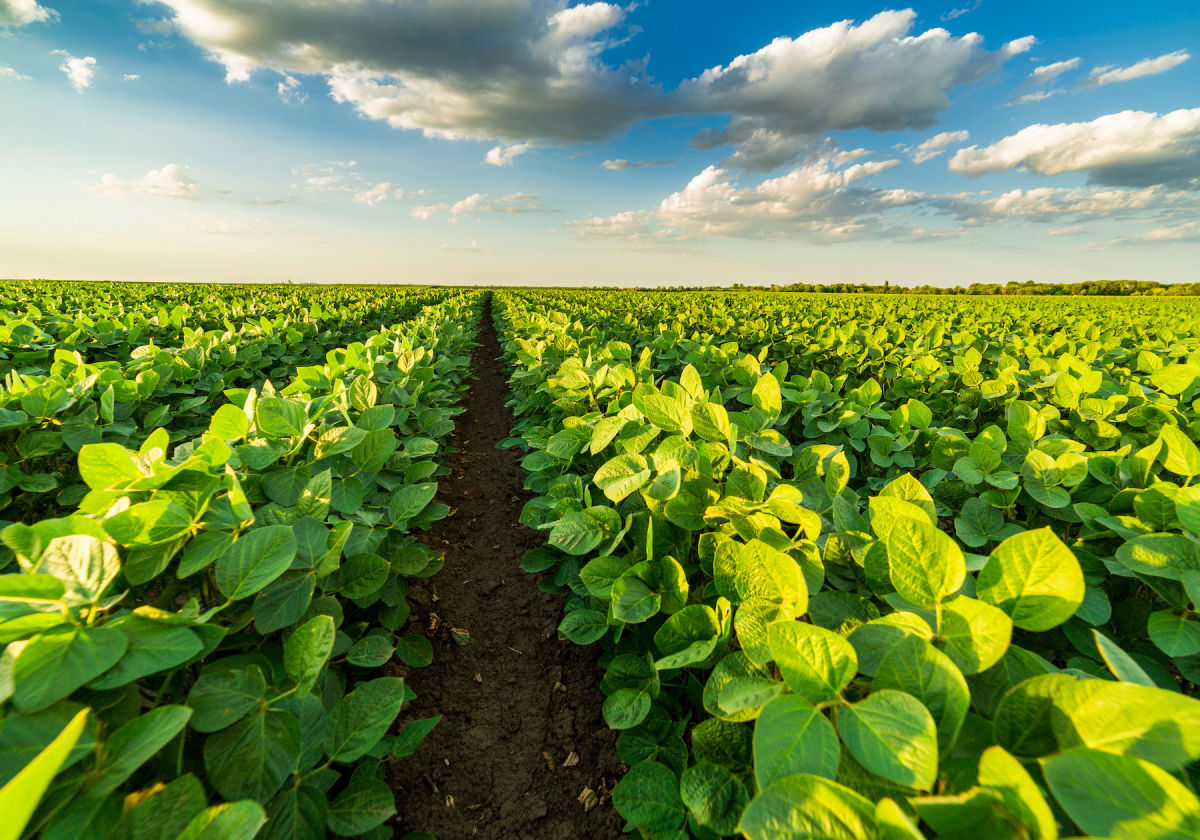Skip to content
- Different types of insects especially girdle beetle, blue beetle etc. and diseases are active in the growth of soybean crop.
- In order to control these pests and diseases, spraying management is very important in 20-30 days which is as follows.
- Lambda-Cyphlothrin 4.9% CS @ 200 ml / acre
- Or Profenophos 50% SC @ 500 ml / acre
- Spraying Carbendazim 12% + mancozab 63% WP @ 300 gram / acre.
- Beveria Basiana @ 500 gram / acre This spraying is required for the control of insects.
- Seaweed 400 ml / acre or amino acid @ 300 ml / acre or G A 0.001% @ 300 ml/acre This spraying is very important for a good growth period.
- If it rains within 24 hours of spraying, spray again.
- The lower surface of the leaves should be sprayed completely because insects feed on that part.
- Spraying of the same pesticide chemical should not be repeated.
Share

- Soya Samriddhi Kit plays an important role in increasing soybean yield.
- Soya Samriddhi Kit contains organic products like Trichoderma viride, Potash and Phosphorus bacteria, Rhizobium bacteria, Humic acid, Amino acids, Seaweed, and Mycorrhiza.
- Trichoderma viride present in this kit is capable of preventing the most harmful fungi found in soil. It is used for 4 grams per kg of seed treatment and 2 kg per acre of soil treatment.
- The second product of this kit is a mixture of two different microorganisms which increases the availability of potash and phosphorus in the soybean crop and also helps in production growth. It is used in the soil at a rate of 2 kg per acre.
- The third product of this kit contains Rhizobium bacteria which develops legumes in soybean roots, nitrogen fixation from the atmosphere, and available to the crop. This 5 gram per kg seed is used for seed treatment and 1 kg per acre is used.
- The last product of this kit contains humic acid, amino acids, seaweed extract, and mycorrhiza ingredients. It is used in soil @ 2 kg per acre.
- 7 kg of Soya Samriddhi Kit (which includes all the above organic products) should be mixed with 4 tons FYM at the time of the last plowing or before sowing @ one acre so that the crop gets its full benefit.
Share


